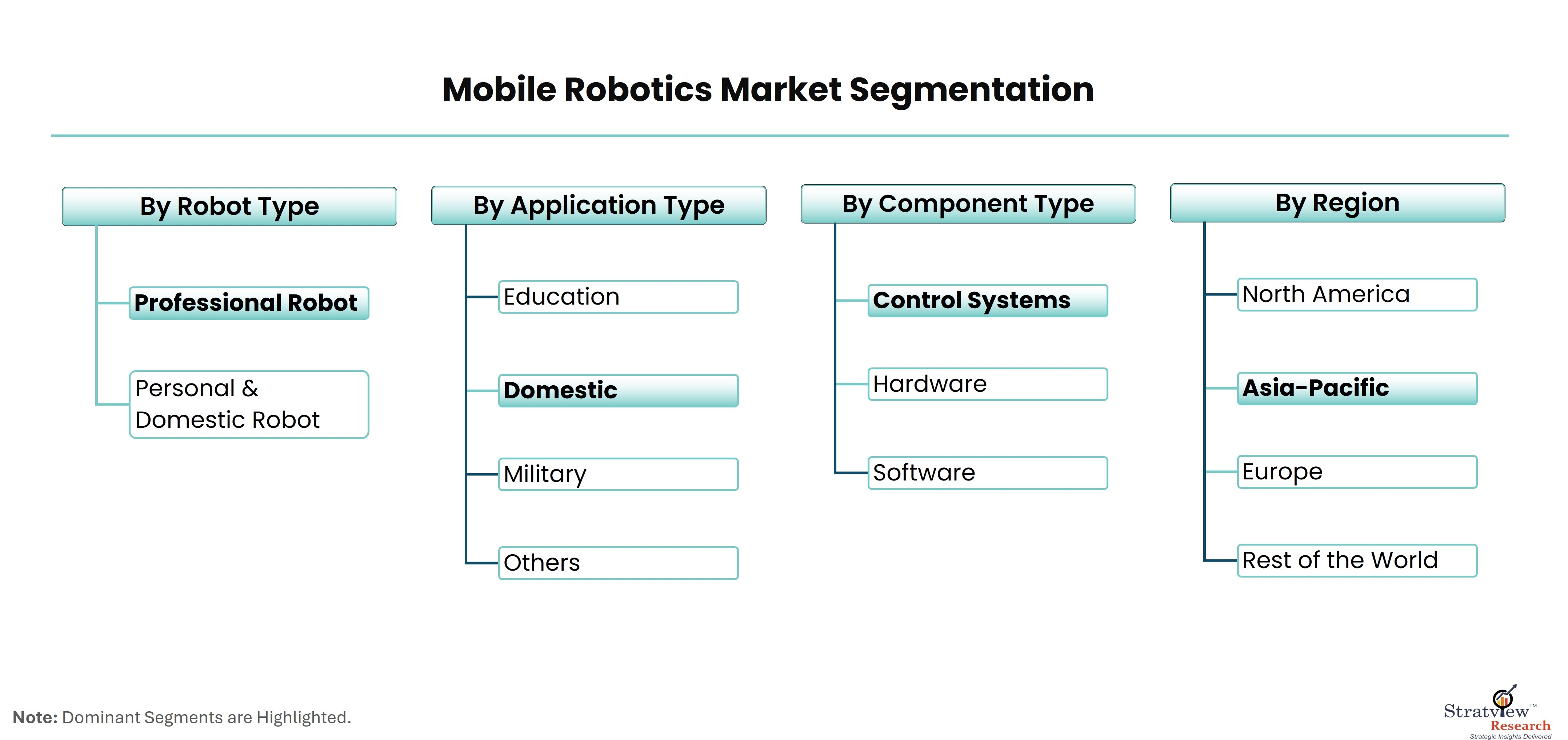The mobile robotics market is rapidly evolving, driven by technological advancements and an increasing range of applications across various industries. As we look to the future, several key trends are shaping the landscape of mobile robotics, offering new opportunities and addressing emerging challenges.
According to Stratview Research, the mobile robotics market was estimated at USD 45.65 billion in 2022 and is likely to grow at a CAGR of 10.6% during 2023-2028 to reach USD 83.78 billion in 2028.
1. Rise of Autonomous Navigation
One of the most significant trends in mobile robotics is the advancement of autonomous navigation. Modern mobile robots are equipped with sophisticated sensors, cameras, and LiDAR technology, enabling them to navigate complex environments with minimal human intervention. This technology is crucial for applications in warehouses, factories, and outdoor environments, where robots must adapt to dynamic and unpredictable conditions. Autonomous navigation enhances operational efficiency and reduces the need for manual oversight.
2. Integration of Artificial Intelligence
Artificial Intelligence (AI) is transforming mobile robotics by enhancing their decision-making and problem-solving capabilities. AI algorithms enable robots to learn from their environment, recognize patterns, and make informed decisions in real-time. This integration is particularly valuable in applications such as autonomous vehicles, where AI helps robots interpret sensory data, avoid obstacles, and interact with humans and other vehicles. AI-driven robots are becoming more adaptable and capable of handling a wide range of tasks.
3. Growth in Collaborative Robots (Cobots)
Collaborative robots, or cobots, are gaining traction in the mobile robotics market. Unlike traditional industrial robots, cobots are designed to work alongside humans, enhancing productivity and safety in various settings. These robots are equipped with advanced sensors and safety features that allow them to operate safely in close proximity to human workers. Cobots are increasingly used in manufacturing, logistics, and healthcare, where they assist with repetitive tasks, material handling, and patient care.
4. Expansion into New Industries
The application of mobile robotics is expanding beyond traditional industrial sectors. For example, in healthcare, mobile robots are being used for tasks such as disinfecting surfaces, delivering medications, and assisting with surgery. In agriculture, robots are employed for planting, harvesting, and monitoring crops. The versatility of mobile robots makes them valuable assets in a wide range of industries, driving market growth and innovation.
5. Advances in Connectivity and IoT Integration
The integration of mobile robotics with the Internet of Things (IoT) is a growing trend that enhances the functionality and connectivity of robots. IoT-enabled robots can communicate with other devices and systems, enabling real-time data exchange and remote monitoring. This connectivity allows for improved coordination, predictive maintenance, and data-driven decision-making. IoT integration is crucial for optimizing robotic operations and enabling smart automation solutions.
6. Focus on Energy Efficiency and Sustainability
As mobile robots become more prevalent, there is a growing emphasis on energy efficiency and sustainability. Advances in battery technology and energy management systems are helping to extend the operational life of robots and reduce their environmental impact. Sustainable practices are becoming a key consideration in the design and deployment of mobile robotics, aligning with broader industry trends toward greener and more eco-friendly technologies.
In conclusion, the mobile robotics market is poised for significant growth, driven by advancements in autonomous navigation, AI integration, collaborative robots, and connectivity. As these trends continue to evolve, mobile robotics will play an increasingly important role in various industries, enhancing efficiency, safety, and productivity. Navigating these trends will be essential for businesses looking to leverage the benefits of mobile robotics and stay ahead in a rapidly changing technological landscape.



